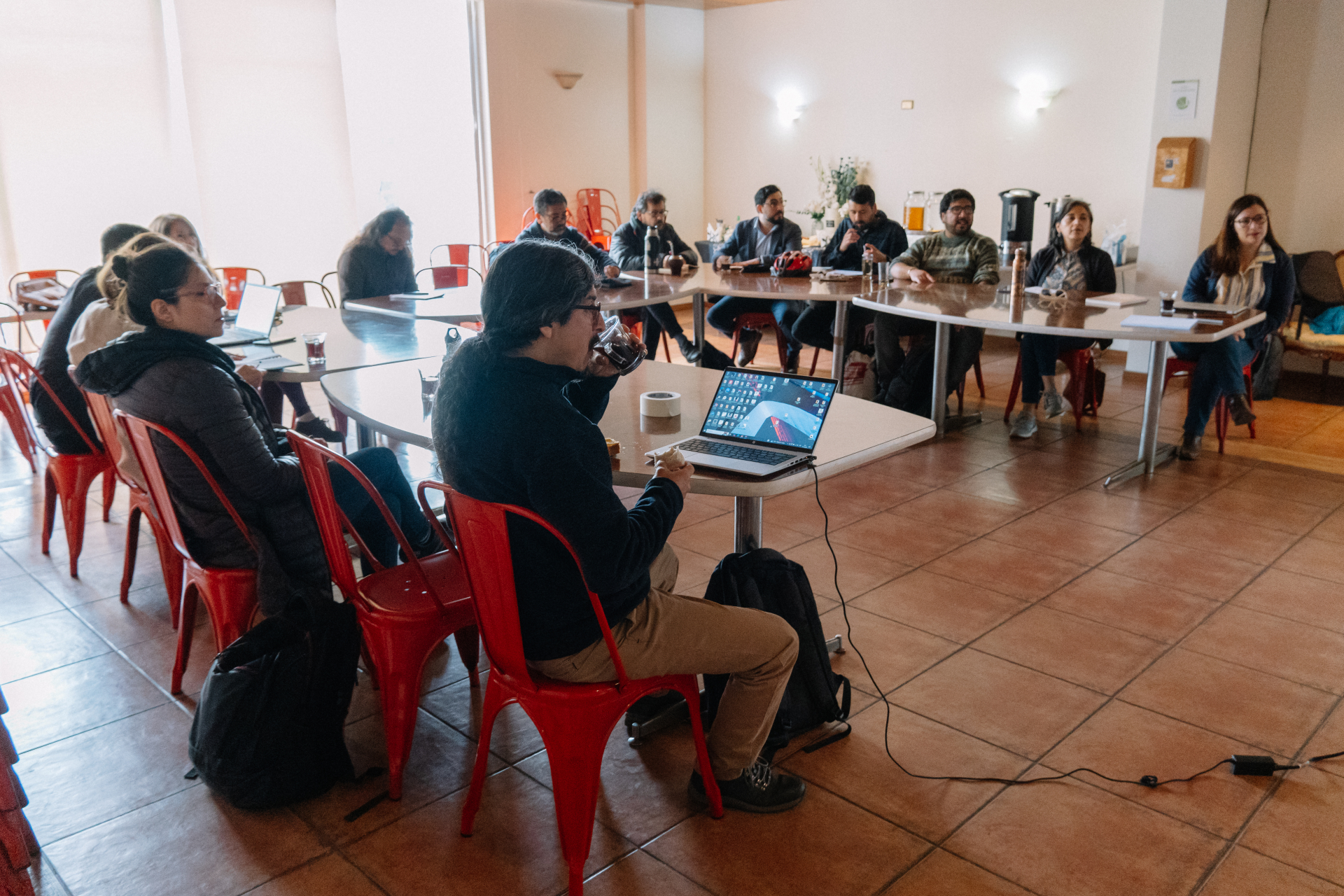(CNN) – In the nearly two and a half years since the start of the coronavirus pandemic, the most contagious and most transmissible variant to date has arrived: BA.5.
Repeated waves of COVID-19 have killed millions of people, and only vaccinations have helped reduce the number of deaths. Now the virus is spreading again: it evolves, evades immunity and leads to an increase in cases and hospitalizations. Its latest mutation, the BA.5 variant, is a clear sign that the epidemic is far from over.
This new omicron member, along with the closely related variant BA.4, has already generated a global increase in cases: 30% in just the past two weeks, according to the World Health Organization (WHO).
In Europe, omicron subvariants led to an increase of about 25% in cases. Although Dr Michael Ryan, executive director of the WHO’s Health Emergencies Programme, said that number could in fact be higher, given the “imminent collapse in screening”.
The BA.5 variant is also prevalent in China, where fears are growing that major cities will soon re-implement strict lockdown measures that were recently lifted.
This same descendant of the Omicron became the dominant strain in the United States. There it accounted for 65% of new infections last week, according to the Centers for Disease Control and Prevention (CDC).
“We’ve seen how quickly this virus is evolving. We have been planning and preparing for this moment. And the message I want to get across to Americans is that BA.5 is something we’re watching closely. We’ve been planning and preparing for this moment. And the White House’s COVID-19 response coordinator, Dr. Ashish Jha, said at a press conference.” On Tuesday, and most importantly, we know how to deal with it.
On the same day, the WHO Emergency Committee noted that COVID-19 remains a Public Health Emergency of International Concern, the highest level of alert first declared on January 20, 2020. This is due to the rise in cases, which are continuing. Viral mutations, increasing stress on already overburdened health systems.
In a statement, the panel – composed of independent experts – highlighted the challenges of the current global response to the coronavirus. Among them are a decrease in screening tests and irregular genome sequencing. Which raises the question of how accurately any country can reasonably monitor the BA.5 variant.
Epidemiologists warn that official data significantly understate the actual number of infections in the United States. A situation that puts the country in a critical blind spot, as the most transmissible alternative to the coronavirus so far advances. Some experts believe the number of new infections could reach one million each day in the general US population, which is 10 times the official number.
As for how to deal with the new wave of Covid-19, Jha urged Americans over 50 to get a second booster dose. Adults who are familiar with their vaccination schedule are less likely to be admitted to hospital than those who have not been vaccinated. But only one in four adults over the age of 50 in the United States gets the second recommended booster, according to data collected by the Centers for Disease Control and Prevention.
US health authorities are urgently working on a plan that will allow a second booster dose against COVID-19 for all adults. This was confirmed by a senior White House official to CNN on Monday. Amid concerns that immunity in younger adults may be waning, covid-19 cases with the BA.5 variant dominate.
What makes the BA.5 variant different?
Eric Topol, a cardiologist and professor of molecular medicine at Scripps Research, described the BA.5 variant as “the worst version of the virus we’ve ever seen.” As he explained in a recent newsletter, “it really takes broad immune escape to the next level. Accordingly, it improves transmissibility,” beyond previous versions of omicron.
In other words, the BA.5 variant can easily evade immunity from previous infections and vaccines, increasing the risk of reinfection. Although the variant does not appear to cause more serious illness, Topol said in an interview with CNN on Monday that, given the extent of immune evasion of BA.5, he expects to see an escalation in hospitalization, as has happened in Europe and elsewhere. other. Places where the variator has been strengthened. He added, “The good thing is that it does not appear to be accompanied by higher admissions to intensive care units, nor more deaths like the previous variants. But that is certainly concerning.”
Public health experts in the United States may feel some relief in the alternative path in Europe. Ryan of the World Health Organization said last week that while many countries on that continent are seeing an increase in hospital admissions, “What we’re not seeing is an increase in ICU admissions. It’s work and these gaps in immunity that are causing the problem.”
However, sharp cuts in COVID-19 surveillance around the world continue to hamper the efforts of epidemiologists to track the evolution of the virus.
“Omicron sub variants, such as BA.4 and BA.5, continue to cause waves of cases, hospitalizations and deaths worldwide,” WHO Director-General Tedros Adhanom Ghebreyesus said at a press conference on Tuesday. “Surveillance, including testing and sequencing, has been significantly reduced, making it increasingly difficult to assess the impact of variants on disease transmission, disease characteristics, and the effectiveness of mitigation measures,” he added.
“The new waves of the virus once again show that [pandemia] COVID-19 is not over yet.”

“Music buff. Social media lover. Web specialist. Analyst. Organizer. Travel trailblazer.”







More Stories
One year after winning the primary, María Corina Machado is fighting to restore democracy to Venezuela.
The Cuban presidency confirms that “certain events of general chaos” occurred in the midst of the energy crisis
Hurricane Oscar: The hurricane makes landfall in Cuba with winds of 130 kilometers per hour amid an electrical crisis that knocked out power to the island